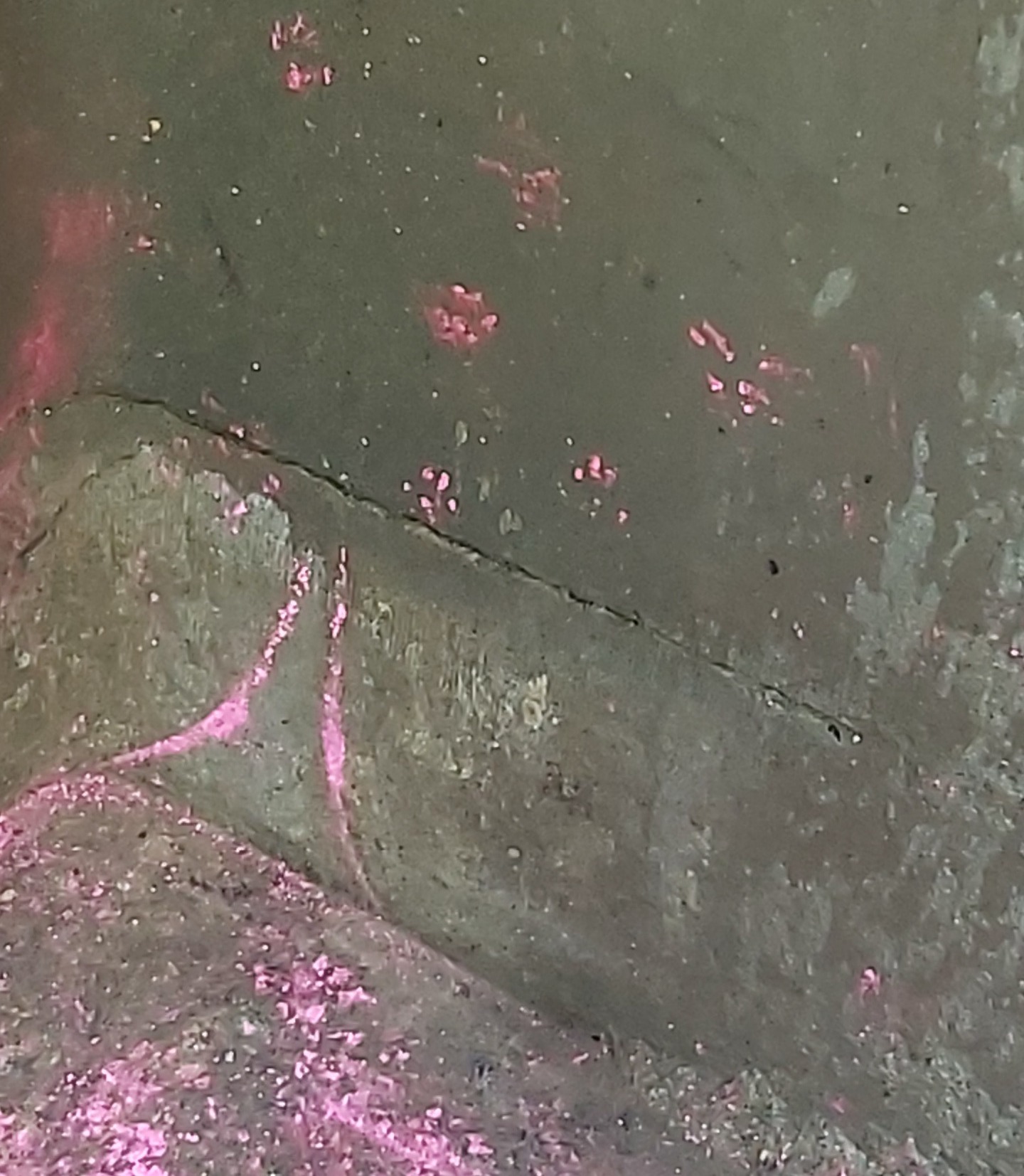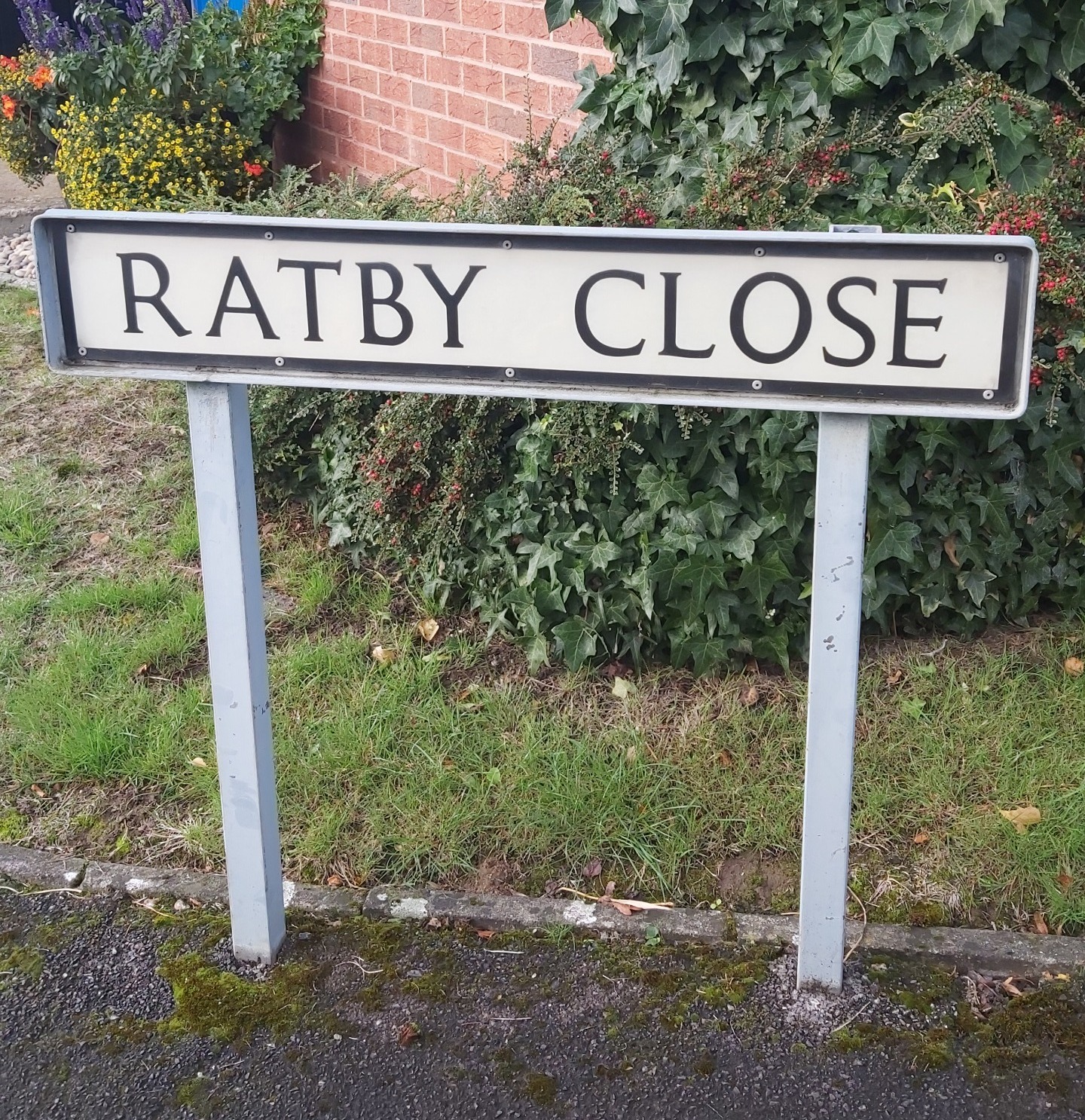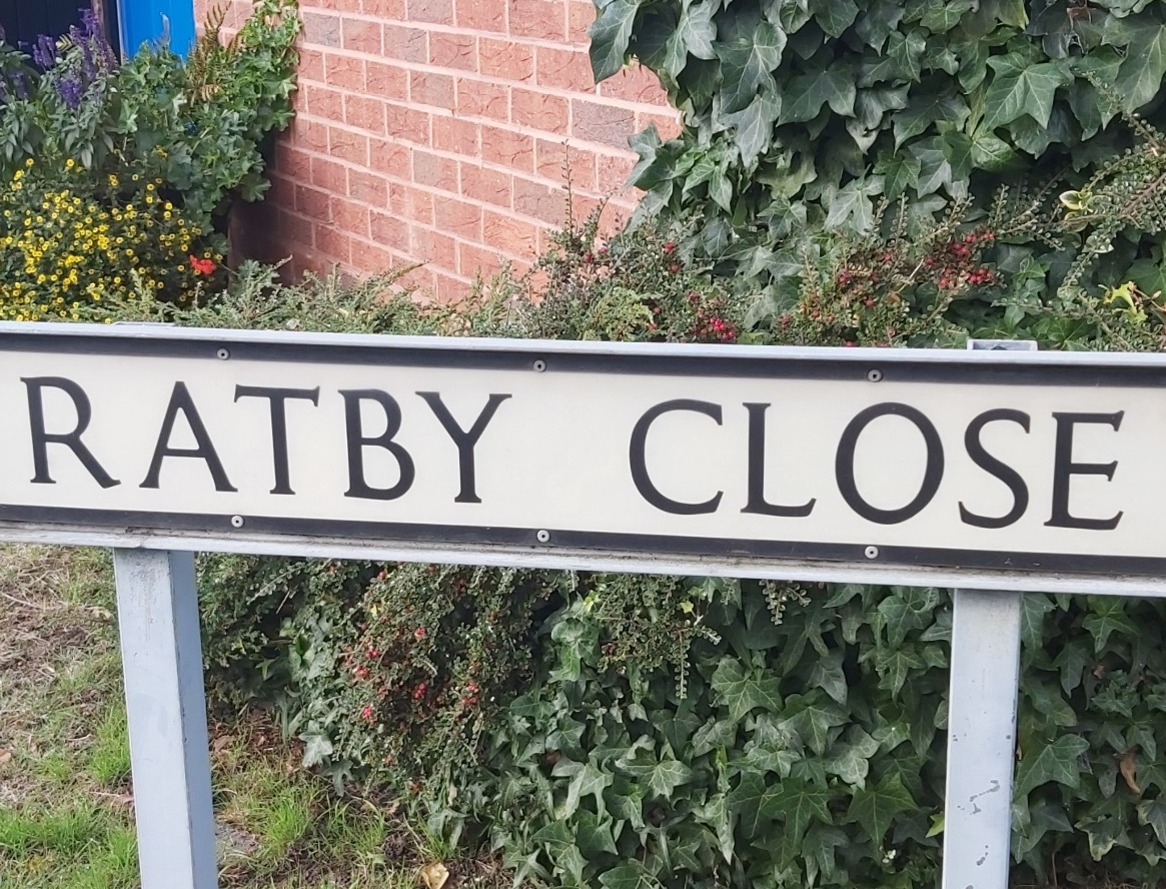Rats and drains - a perfect combination
Posted on 23rd October 2019 at 18:24
It is now thought that there are 120 million rats in the UK; that’s twice the human population. This number has risen dramatically and is a cause for concern, how is it that these animals are so successful?
Rats thrive in dark places, especially where its warm and has access to fresh water, if food is available then you’ve got a perfect combination for rats, but surely places like this are few and far between?
Not really, unless your house has its own waste treatment plant or a cess tank that collects the waste, then just about every home in the country connects to this heavenly place for rats – the sewers. Reading is just like any other town and has its population of rats sneaking around underground, most of our internal rat infestations come about through a fault somewhere within the sewerage system.
Our job is to find out where the rats get into your home and we do this through a thorough survey and repeated visits to monitor and track the path of the rodents; other pest control companies may want to put down poison but for us its of greater importance to understand the animals behavior and their route into you property.
Certain parts of Reading are more prone to rats getting in via the drains and over the years we have built up a good knowledge of these areas and we use CCTV technology to carryout an internal survey of your drainage system.
Proper underground drainage systems first appeared in England around 1544 and the materials used have ranged from horseshoe shaped ceramic tiles (often seen by us in Windsor), concrete pipes, vitrified clay pipes, bituminized fibre pipes and of course the modern plastic version. Depending on the age of the area we’ll see a definite link between pipe construction and rat infestation.
Like everything pipes age and degrade, if you live in an area that has ground movement then older concrete and clay pipes will start to flex as the house settles; these pipes are enormously strong in compression but very weak in tension and so they break. Rats will exploit this break and even in an unbroken section of drain you may have a small gap where the ends meet if the pipes start to move.
Rats by their nature are extremely capable diggers and so tunneling up out of this hole is easy for them; the waste material all gets scrapped down into the drains and one thing that we always look for is the presence of gravel and stones in the bottom of the drains.
When looking at a newer more modern property you cannot see the waste pipes running down the outside of the building; older properties have visible cast iron or plastic pipes and more often than not a pipe protruding from the roof – this is called the stink pipe and its function is to allow gases out and air in. When you flush the toilet the waste water moves down the pipe and air follows in from the top to equalise the air pressure inside the system.
Modern buildings have this system built inside the construction; you probably won’t see the top of the stink pipe as there is a replacement air admittance valve that terminates in the loft and the drains cut through the interior and exterior walls below ground – and this is where the rats get into the building.
Again modern construction means that most houses since the 1960’s has a cavity wall, this was left unfilled to allow moisture to drain out and we now see these cavities filled with some form of insulation. This insulation will not stop rats climbing up and down the walls; if they’re capable of digging out of the drains then soft insulation is nothing to them.
The first part of any building construction is to dig and lay the footings, these will run down around six feet and usually it’s a concrete slab that’s poured in, after that the bricks start getting laid. Blocks are often used for the first few courses as these are permanently below ground and never see, as the bricks get added an opening is left for the pipes to run through.
This opening in many ways resembles a window that’s set down in the ground: the top of the window has a concrete lintel to take the brick courses that sit above it but the two sides are more often than not left open. All it takes is for a rat, digging along the line of the drainpipe to discover the cavity wall and its in!
We mark the drains with tracking dust, this is designed to stain the animals fur – in this case it’s a shocking shade of pink! This dust fluoresces under ultraviolet light and because we trap rats rather than resort to poison we can retrieve any dead rats and check for the colour on their fur; if its pink then we have a definite link to the drains.
We're following the rats route: pink dust from the inspection pit running through the system.

This is where the drains turn up into the downstairs toilet - the pink at the top of the picture is from the rats tail.

This is a picture from downstream of the drains - a rats eye view of the one way valve. No more rats!


No matter what rats do - they'll leave tracks!
We carryout drain surveys as a standard part of our internal rat treatment as this is most often the route into your property, we solved a recent case in Lower Earley in 15 minutes through the use of our equipment. We have fitted a one way valve in the drain as a temporary measure while the customer sorts out the drain repairs; these can cost thousands of pounds and in this case they are at least covered by their household insurance.
If you have a rat problem in Reading or Lower Earley – ASK how the pest control company carryout their work. If they say that they’re put down poison and carryout two or three visits then you’re wasting your time … and your money.
Rat control requires investigation and patience, without finding the fault in the drains we’d never stop the rats from coming in and this would be repeated every autumn as the weather cools.
Reading Pest Control – professional rat control because we look further!
Tagged as: Rats and mice
Share this post:












